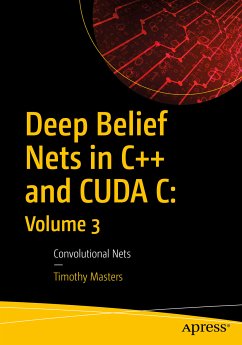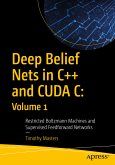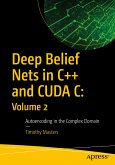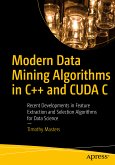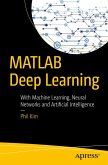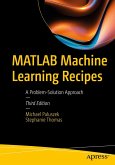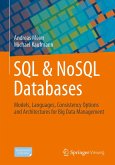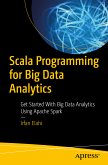Discover the essential building blocks of a common and powerful form of deep belief network: convolutional nets. This book shows you how the structure of these elegant models is much closer to that of human brains than traditional neural networks; they have a 'thought process' that is capable of learning abstract concepts built from simpler primitives. These models are especially useful for image processing applications.
At each step Deep Belief Nets in C++ and CUDA C: Volume 3 presents intuitive motivation, a summary of the most important equations relevant to the topic, and concludes with highly commented code for threaded computation on modern CPUs as well as massive parallel processing on computers with CUDA-capable video display cards. Source code for all routines presented in the book, and the executable CONVNET program which implements these algorithms, are available for free download.
You will:
- Discover convolutional nets and how to use them
- Build deep feedforward nets using locally connected layers, pooling layers, and softmax outputs
- Master the various programming algorithms required
- Carry out multi-threaded gradient computations and memory allocations for this threading
- Work with CUDA code implementations of all core computations, including layer activations and gradient calculations
- Make use of the CONVNET program and manual to explore convolutional nets and case studies
Dieser Download kann aus rechtlichen Gründen nur mit Rechnungsadresse in A, B, BG, CY, CZ, D, DK, EW, E, FIN, F, GR, HR, H, IRL, I, LT, L, LR, M, NL, PL, P, R, S, SLO, SK ausgeliefert werden.

